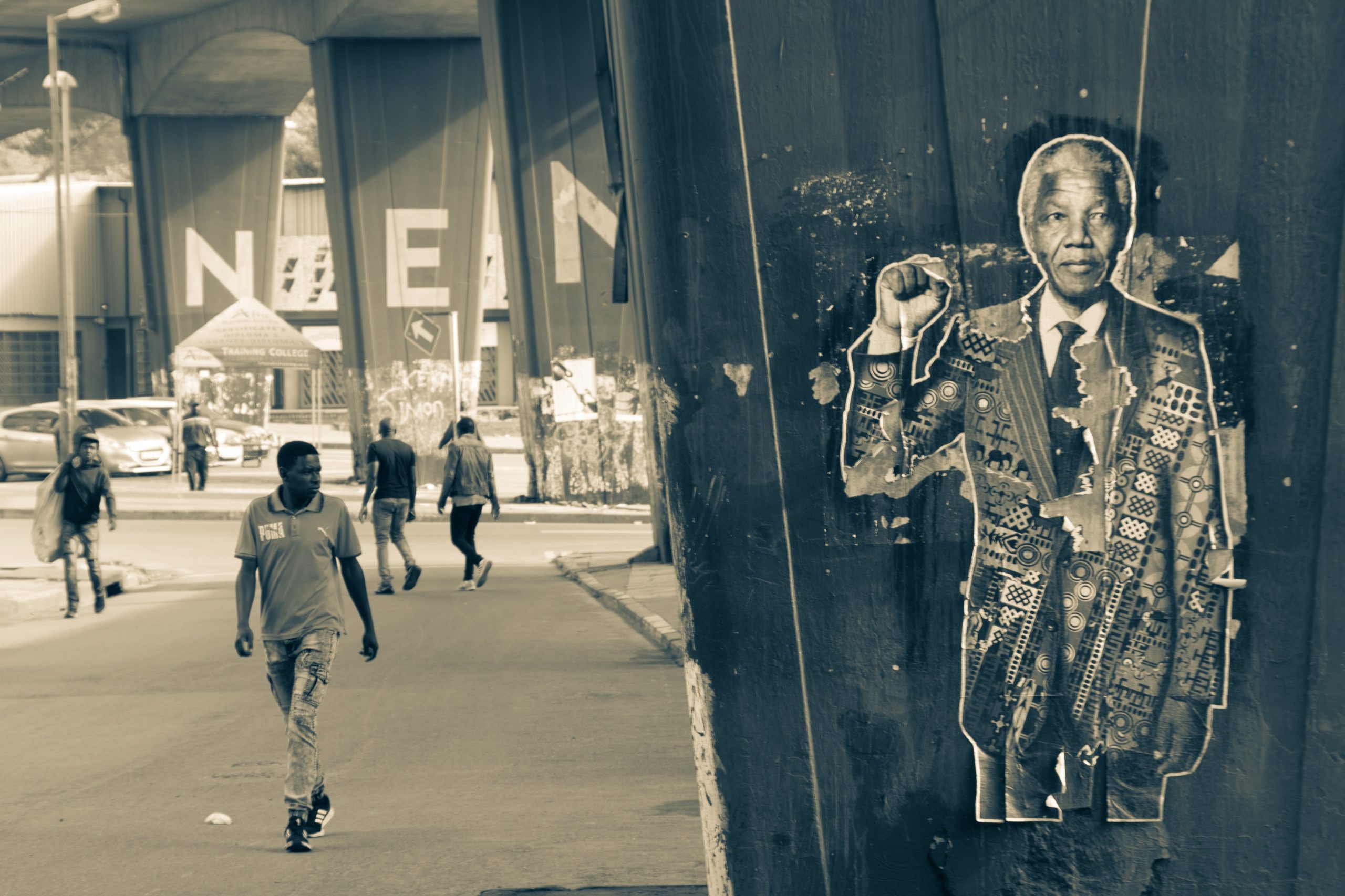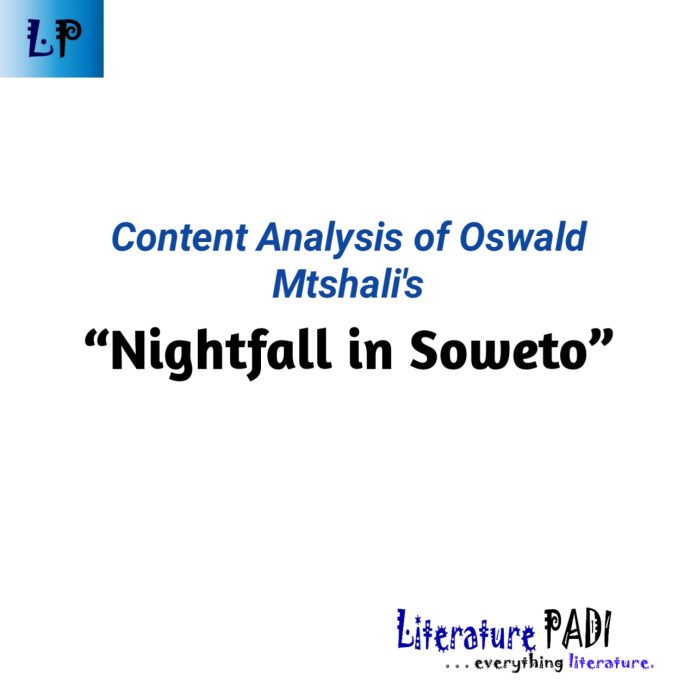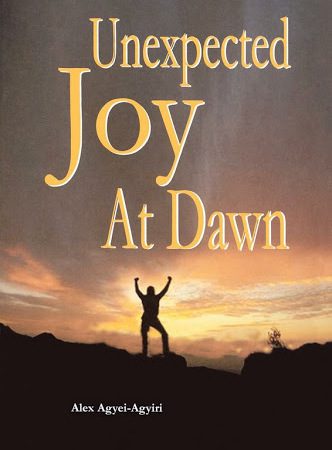“Nightfall in Soweto” by Oswald Mbuyiseni Mtshali explores the dark realities of apartheid South Africa and the profound fear and suffering it inflicts on the inhabitants of Soweto. The poem vividly depicts the crimes committed under the cover of darkness, such as rape, torture, arson, and murder, which are closely tied to apartheid. Soweto symbolizes the extreme brutality and repression experienced by the black population in apartheid South Africa.
Read Also:
The poem is set in a time when the white minority rule oppresses the black majority, and state-sponsored terrorism and acts of violence are prevalent. The poet highlights the tragic events of 1976, when numerous black school children were killed during protests against the imposition of Afrikaans as the language of instruction. These events brought international attention to the evils of apartheid and the harsh oppression faced by black communities, particularly in Soweto.
Nightfall becomes a constant source of terror for the inhabitants of Soweto and other black cities because it provides cover for the heinous acts committed against them.
The poem’s structure consists of eight stanzas of varying lengths and patterns, reflecting the poet’s agitated state of mind. The shortest stanza (stanza four), which summarizes the poem’s theme, is particularly impactful:
Man has ceased to be man Man has become beast Man has become prey.
The poet employs dramatic monologue to openly express his fear and anguish over the situation in Soweto, aligning himself with the victims of apartheid.

Each stanza of the poem serves a specific purpose.
In the stanza one, nightfall is compared to a disease that gradually destroys a once healthy body.
The second stanza portrays a typical murder taking place under the cover of darkness, a common occurrence in Soweto.
The third stanza emphasizes the poet’s identification with the victims, revealing his own experience as a victim of apartheid.
Stanza four is a concise expression of the dehumanization caused by apartheid, depicting man preying on fellow man.
In stanza five, the poet further identifies himself as the prey, hunted down by the destructive force unleashed by nightfall: “I am the quarry to be run down/by the marauding beast/let loose by cruel nightfall/from his cage of death.”
Stanza six poses rhetorical questions about personal safety of the poet and highlights the poet’s realization that even his humble “matchbox house” cannot offer refuge.
Stanza seven describes the psychological effects of nightfall, as the poet trembles and grows increasingly apprehensive of danger and death.
In stanza eight, the poet directly addresses nightfall in anger and frustration, labeling it as his “mortal enemy” and questioning its existence.
Throughout the poem, the prevailing mood is one of fear, anger, anguish, and frustration.
Figures of Speech
The poem employs various figurative devices to enhance its impact.
Metaphors depict the loss of human dignity in Soweto, presenting man as a “beast” (line 17), “prey” (line 18), and “quarry” (line 29). The portrayal of nightfall as a “marauding beast” (line 21) let loose from a “cage of death” (line 23) is another manifestation of metaphor in the poem.
Repetition is used to emphasize the poet’s personal identification with the plight of the people in Soweto. The poet’s repetition of “I am” in lines 10, 11, 13, 19 and 20, emphasizes the poet’s personal identification with the ordeal of the inhabitants of Soweto whom he represents in the poem. “Nightfall,” the subject of the poem, is repeated in lines 1, 2, 27, and 32. “Daytime” is also used repetitively in lines 35 and 36 to indicate the poet’s wish for the permanence of daylight.
Rhetorical questions highlight insecurity and express dissatisfaction with nightfall’s existence. This is evident in the first two lines of stanza 6 and the last three lines of stanza 8:
What is my refuge? (line 24) Where am I safe? (line 25) But why were you ever created? (line 34) Why can't it be daytime? (line 35)
Parallelism is also used to reinforce the message. For instance, the shortest stanza, stanza four, which comprises only three lines, is made up of three parallel statements:
Man has ceased to be man Man has become beast Man has become prey (lines 16-18)
Lines 10, 11, 13, 19 and 20 also contain such parallel ideas:
I am the victim (line 10) I am slaughtered (line 11) I am cornered by the fear (line 13) I am the prey (line 19) I am the quarry to be run down (line 20)
Lines 28 and 29 are also parallels:
I tremble at his crunching footsteps (line 28) I quake at his deafening knock at the door (line 29)
Similes provide vivid descriptions of nightfall’s dreadful aspects. The two examples of simile in the poem are:
like/a dreaded disease (lines 1 and 2) like a rabid dog (line 30)
Alliteration adds to the emotional intensity. It manifests in lines 2 and 22:
dreaded disease (line 2) let loose (line 22)
Onomatopoeia evokes the sounds associated with certain actions. This is illustrated in lines 28 and 30:
crunching footsteps (line 28) barks like a rabid dog (line 30)
Synecdoche is employed to depict the invisible nature of the murderer. In lines 6 and 7, we have the following: “A murderer’s hand,/ lurking in the shadows” where “hand” stands for the murderer himself.
Personification presents nightfall as a cruel and mindless being who takes delight in inflicting suffering and death on the people by letting loose the “maurauding beast/ … from his cage of death” (lines 21 and 23). Consequently, the poet openly declares his antagonism towards nightfall in line 33:
Nightfall! Nightfall! (line 32) You are my mortal enemy. (line 33)
The example of personification provided above (lines 32 and 33) also offers an interesting illustration of apostrophe in which the poet directly addresses “Nightfall.” The poem reads like an encounter between nightfall and the poet.
Irony pervades the language of the poem, underscoring the contrast between the traditional concept of nightfall and its violent reality in Soweto.
 WHATSAPP: Click HERE to join the new Literature PADI WhatsApp group to receive latest updates on your phone and for further literary discussions!
WHATSAPP: Click HERE to join the new Literature PADI WhatsApp group to receive latest updates on your phone and for further literary discussions!










